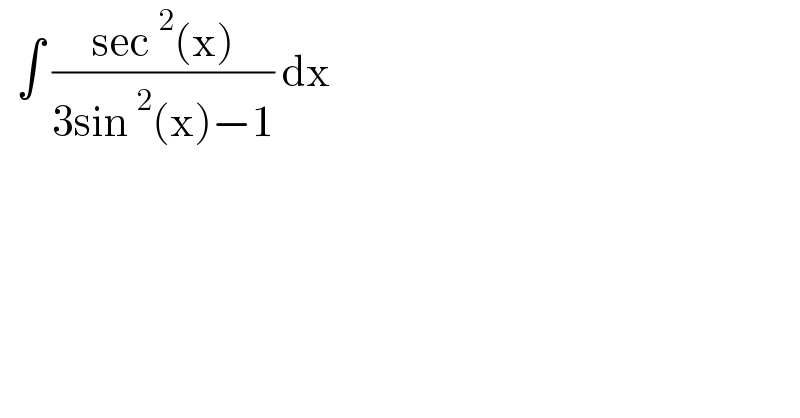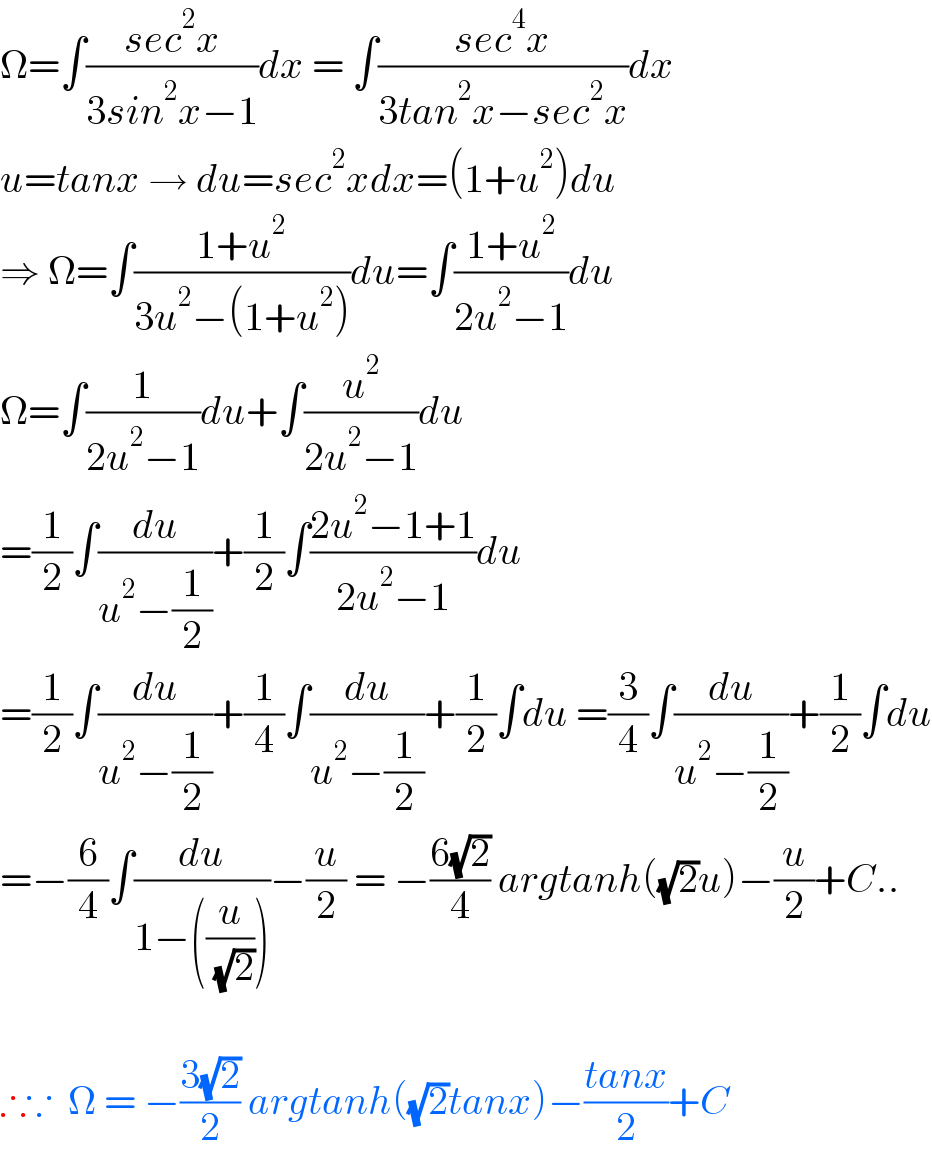
Question and Answers Forum
Question Number 156305 by cortano last updated on 10/Oct/21

Answered by puissant last updated on 10/Oct/21

Commented by cortano last updated on 10/Oct/21

Commented by puissant last updated on 10/Oct/21

Commented by puissant last updated on 10/Oct/21

Commented by cortano last updated on 10/Oct/21

